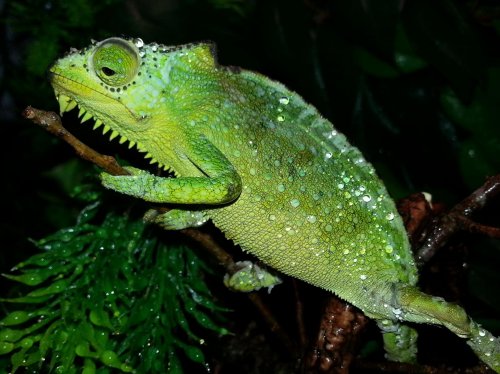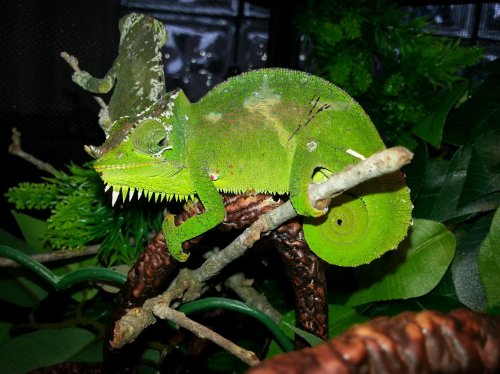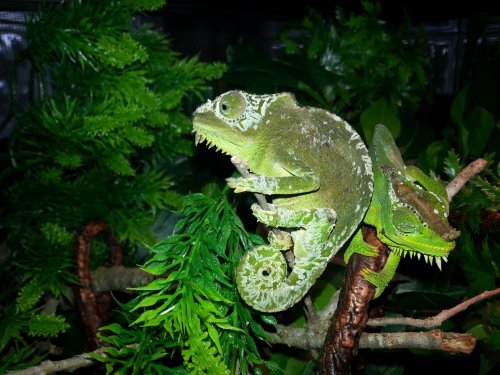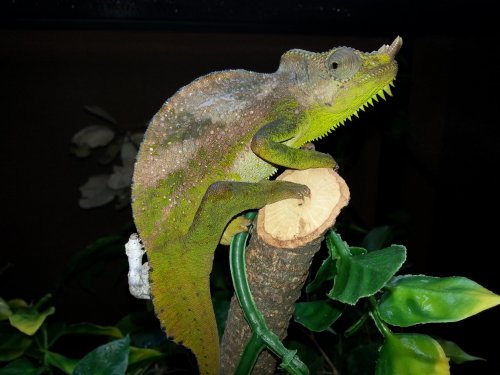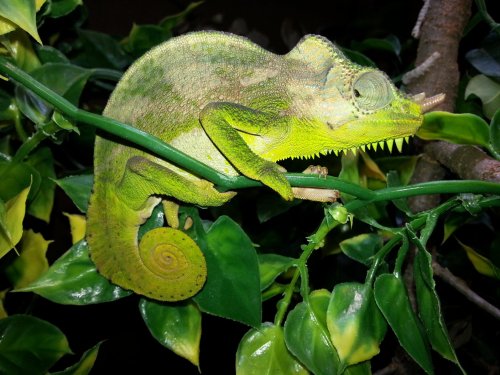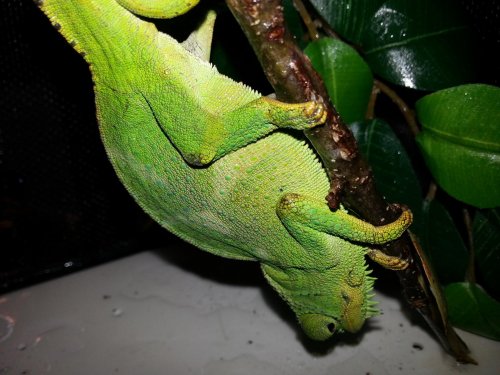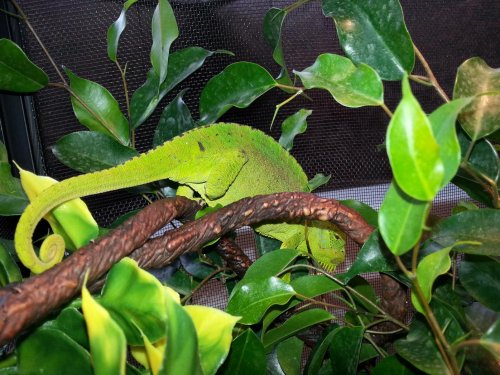jajeanpierre
Chameleon Enthusiast
First pics of the 12g female and 13g male. Added bonus, bright red hitch hikers.
This was taken first thing in the morning right after I turned on their lights. I saw all three babies snatching up crickets that I put in this morning.
This was taken first thing in the morning right after I turned on their lights. I saw all three babies snatching up crickets that I put in this morning.

